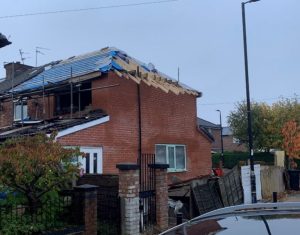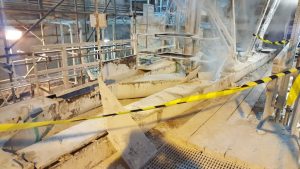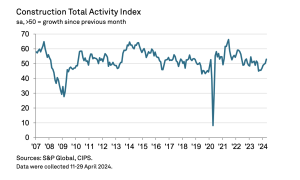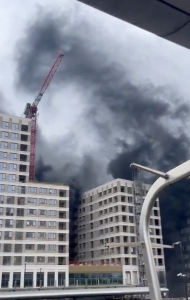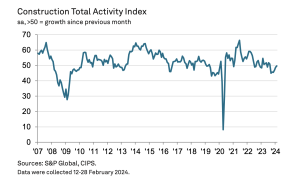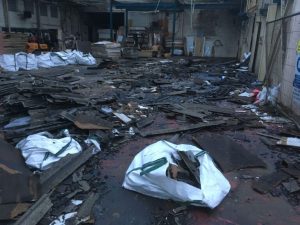More than 370 construction workers die from Covid 19
This post has already been read 1607 times!
The office of national statistics has revealed that 360 construction workers died between 9 March and 25 May while suffering from coronavirus this is due to the nature of the proximity and close contact with other manual workers.
The very latest data from the (ONS) has confirmed that elementary, or low-skilled, construction work is among the jobs with higher rates of death involving COVID-19.
Of these deaths 36 deaths were recorded among men in what was classified as ‘elementary construction’ roles, which the statistics body said put it proportionally among the worst-hit occupations in England and Wales. The ONS said these workers had a death rate of 42.1 for every 100,000 men.
Construction in and other hard-hit professions included taxi drivers, bus drivers, chefs and retail assistants.
The figures revealed that 185 men whose jobs were recorded as ‘skilled construction and building trades’ died with the virus, while the deaths of 139 men whose jobs were recorded as being in ‘construction and building trades’ also took place. While higher in number, the ONS said that these amounted to 22.3 per 100,000 and 23.1 per 100,000 workers in those jobs respectively.
Other workers in the construction industry may also be recorded in other categories including ‘chief executives and senior officials’ and among various categories of engineers. David Hodgkiss, 71, the chief executive of structural steel specialist William Hare died after contacting the virus.
Some 184 men and five women working in the ‘skilled metal, electrical and electronic trades’ also died with the virus.
All the deaths covered in the latest statistics were among those aged 20-64 in England and Wales between 9 March and 25 May. The latest ONS data covering all virus-related deaths across England and Wales show that 89 per cent of fatalities have been seen among people who fall outside the workplace statistics, aged 65 or older, though many may still have been in work prior to contracting the disease.
The risks of working class males and females were pointed out in a prior set of ONS occupational statistics which appeared to highlight increased risk to working-class men and to those working in professions where social distancing is difficult.
The ONS cautioned that its figures “do not prove conclusively” that the increased death rates relate to differences in occupational exposure and said that other factors including ethnicity and where someone lived are also factors affecting people’s mortality.
It continued to add that there is not enough information currently available to see whether infections were picked up before or during the lockdown period, or whether people were on furlough or at work when they became infected. Construction work was allowed throughout the lockdown period but more than 80% furloughed staff.
ONS deputy director of health analysis Ben Humberstone commented saying: “There are lots of complex things playing out during the pandemic and the risk of death involving COVID-19 is influenced by a range of factors including the job someone does, but also age, ethnicity and underlying health conditions. We also know that people living in the most deprived local areas, and those living in urban areas such as London, have been found to have the highest rates of death involving COVID-19.
“Today’s analysis shows that jobs involving close proximity with others, and those where there is regular exposure to disease, have some of the highest rates of death from COVID-19. However, our findings do not prove conclusively that the observed rates of death involving COVID-19 are necessarily caused by differences in occupational exposure.”



